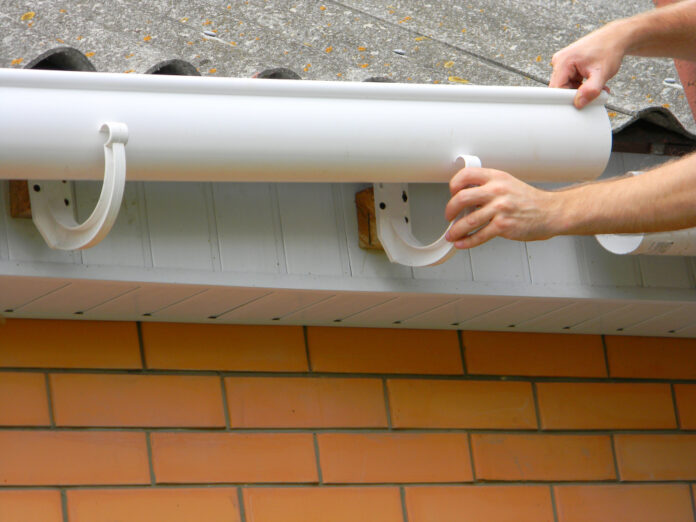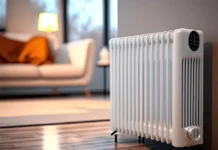A gutter system with the correct installation can provide long-term reassurance when it comes to the condition and maintenance of your roof and home. A properly functioning guttering system will divert water from your roof, playing a vital role in avoiding any significant water damage to your home.
It’s essential for a homeowner to regularly inspect your house’s gutters. Over time, the condition and effectiveness of a gutter system can worsen, requiring maintenance or replacement. This article outlines some common signs that a gutter system may require professional attention, either for repairs or replacement.
Weathering, erosion, oxidization, splits, and cracks
It’s common for gutters to weather, rust, and crack over time, particularly if the gutter has been installed incorrectly or the material used is of poor quality or finish. If any sections of your gutters have any defects such as splits, cracks, weathering, erosion, or oxidization, it will make your house more susceptible to rainwater leaks and the damage they cause. If any of these defects are present, it may be necessary to replace your gutter system to prevent any additional damage to your home.
Warping and sagging:
It’s important for a good gutter system to be correctly attached to your roof. If a gutter begins to warp or bend, it can eventually start to detach from its correct position on your roof. This can lead to the gutters becoming ineffective and potentially dangerous if they eventually detach from the roof completely. Warped or sagging gutters can have multiple causes, such as blockages, damaged brackets, or simply due to age. If you notice that your gutters have become warped or bent, they will most likely require replacement as soon as possible.
Gutters due for replacement:
A general rule of thumb – assuming that your gutters are properly maintained – is that steel gutters should last for around 12 years, whilst aluminum gutters should last for around 25 years.
If your house’s gutters have been installed outside of these time frames, there is a good chance they are due to be replaced.
If you are uncertain as to how long your gutters have been installed – for example, if you have recently bought an existing house – your best choice is to seek the opinion of a professional. A gutter expert will be able to identify the likely age of the gutter system and determine whether it is due for replacement.
Water damage and leakage:
Water damage and leaks inside your house can have a multitude of causes, and there may not always be a simple solution to the problem. It should be noted however that damaged or malfunctioning gutters can start to direct water into your house instead of through the intended downpipes.
Signs of water damage relating to gutters can include peeling paint, wall discoloration, and cracks, particularly in areas close to your gutters (e.g. ceilings, architraves). If you notice these issues, your gutters may need to be replaced.
Overflowing gutters:
Blockages or obstructions in a gutter system can cause water to overflow. An overflowing gutter can also be caused by sagging gutters that have started to detach from your roof, interfering with the regular water flow of the gutter system.
If you notice that, after cleaning your gutters, overflowing or blockages still occur, you may need to replace your gutter system
Pooling water at the exterior of the house:
This is often an issue regarding downpipes not properly reaching stormwater drains, or gutters that are overflowing significantly. If one or multiple downpipes in your gutter system have been damaged, it could cause puddles around your house that can eventually lead to pits.
By considering these signs and regularly inspecting your gutter system, you should have a better idea of when you will need to replace your gutters.




















